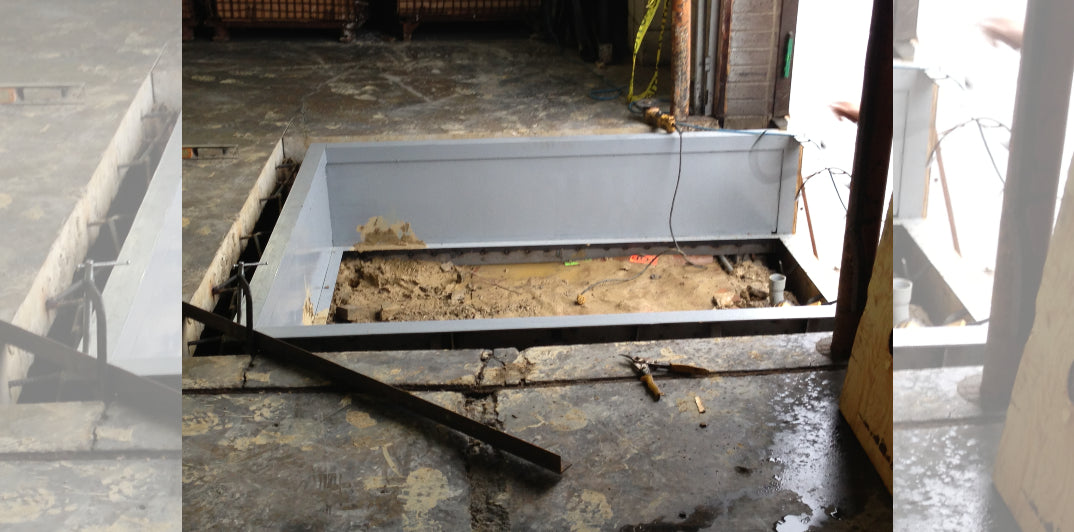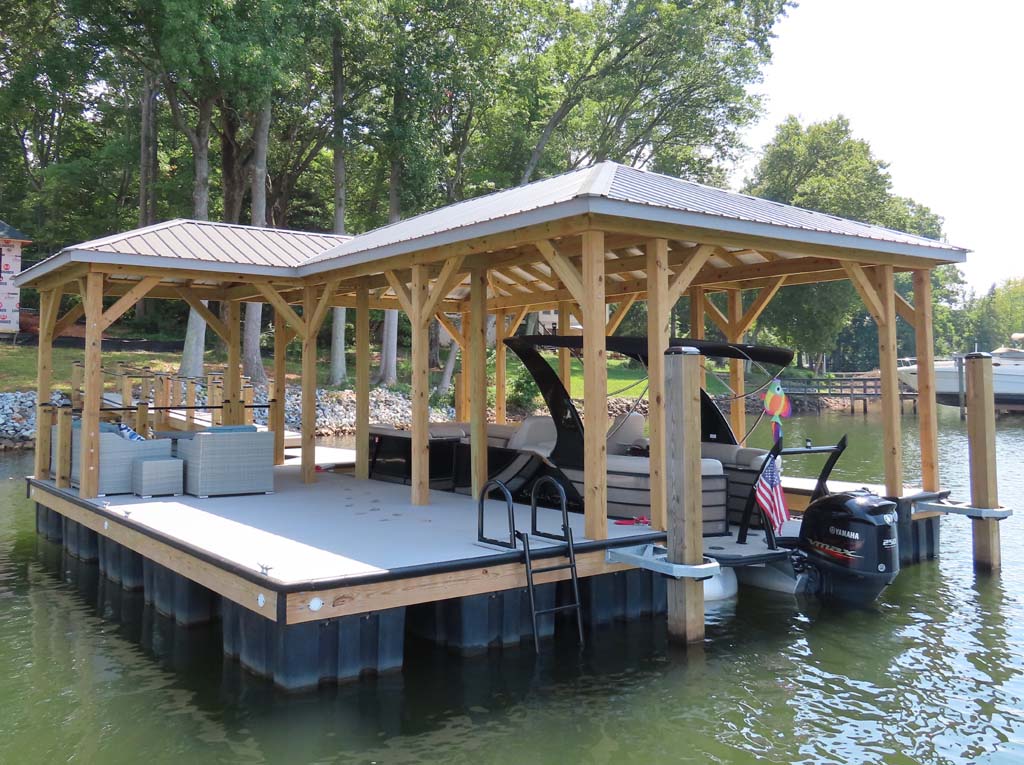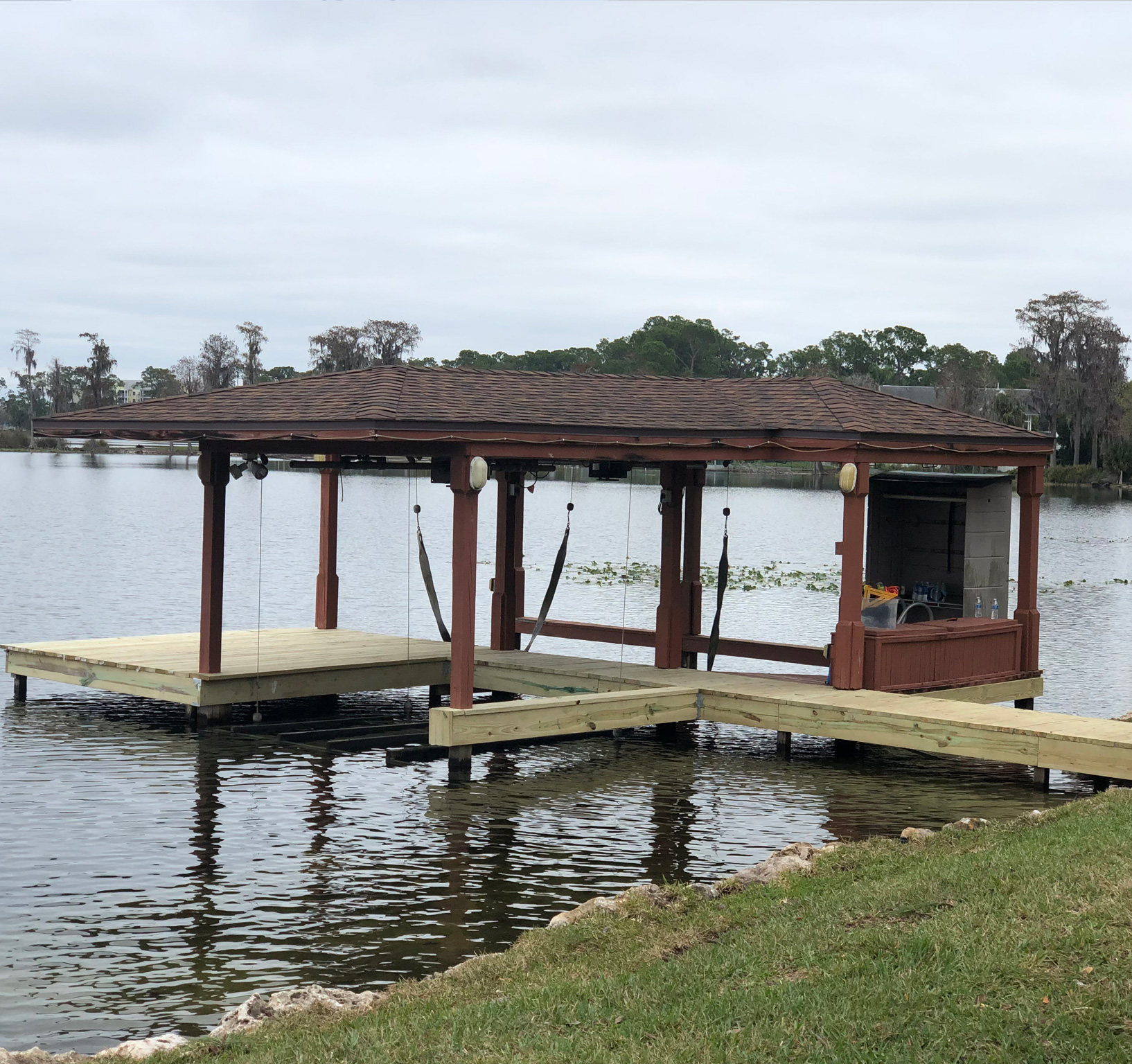Reliable Dock Fixing Techniques: Ensuring Architectural Stability
Guaranteeing the structural stability of anchors via reliable repair service techniques is critical for the long life and safety and security of aquatic centers. Consequently, choosing the best repair products, such as corrosion-resistant alloys and composite materials, is important for durability.
Examining Dock Damage
Evaluating dock damage is an essential first action in making sure the architectural integrity and security of any docking facility. This initial evaluation entails a detailed evaluation to determine both noticeable and covert problems. Trick facets to take a look at consist of the dock's structure, pilings, decking, and hardware. Each part needs to be scrutinized for indicators of wear, rot, corrosion, or various other forms of degradation that might jeopardize the architectural stability.
Architectural engineers or certified inspectors typically carry out these analyses making use of specialized tools and methods. For circumstances, underwater assessments could use finder equipment or from another location operated vehicles (ROVs) to discover immersed damage. Above water, aesthetic examinations are matched by using dampness meters and various other analysis tools to reveal underlying problems not promptly visible to the nude eye.

Choosing Repair Service Products
Selecting the proper repair service materials is a pivotal action in the dock restoration process, one that straight influences the durability and performance of the repaired framework. Material selection need to be driven by variables such as environmental problems, load-bearing requirements, and compatibility with existing dock elements. Timber is a traditional option for anchors due to its natural strength and visual appeal. Nonetheless, choosing the right type of wood, such as pressure-treated lumber or normally rot-resistant species like cedar or teak, is important to hold up against water settings.
In enhancement to timber, composite materials are significantly preferred because of their durability and reduced upkeep requirements. Composites, generally made from a blend of plastic and timber fibers, offer exceptional resistance to rot, pests, and UV damages. For steel docks, selecting corrosion-resistant alloys such as galvanized steel or marine-grade light weight aluminum is vital to protect against rust and make certain structural integrity in saline water conditions.
Epoxy resins and marine-grade sealants are crucial for repairing splits and sealing joints, supplying a waterproof barrier and improving the dock's total strength. By thoroughly picking high-grade materials, dock fixings can achieve lasting results, thus securing versus future deterioration and making certain safe, reputable usage.
Structural Support Strategies
Reliable structural support strategies are vital in guaranteeing the security and long life of dock repair services. This approach is especially efficient for docks subjected to hefty lots or severe environmental conditions.
Another necessary method is the application of fiber-reinforced polymers (FRP) These materials offer high strength-to-weight their explanation ratios and excellent resistance to deterioration, making them perfect for reinforcing concrete or wood docks. FRP can be applied in sheets or strips and bound with epoxy resins to enhance structural honesty.
Supporting and anchoring systems likewise play a critical duty in structural support. Cross-bracing, using metal or wood beam of lights, can neutralize side pressures, minimizing persuading and movement. Anchoring systems, such as helical piers or driven heaps, provide a stable foundation by moving lots to deeper, more stable dirt layers.
Last but not least, the integration of load-distribution plates can aid distribute weight more uniformly across the dock's surface, minimizing local stress points. These techniques jointly make certain that anchors continue to be safe and robust, efficient in standing up to the roughness of their functional environment.
Advanced Repair Techniques

One more advanced method involves undersea welding, which enables repair services to be conducted without the requirement to dewater the area. This Visit Website technique is specifically advantageous for dealing with structural issues in submerged dock elements, ensuring minimal disturbance to operations. Boosted welding techniques, coupled with robot systems, provide precision and dependability, thus expanding the lifespan of the dock.
Furthermore, cathodic defense systems are executed to stop rust in metallic dock structures. By making use of sacrificial anodes or impressed current systems, these strategies effectively reduce the electrochemical procedures that cause product deterioration.
Lastly, advanced monitoring technologies, such as structural health monitoring (SHM) systems, offer real-time information on the condition of dock frameworks. These systems make it possible for proactive maintenance and prompt interventions, ultimately guaranteeing the long-term structural stability of the dock.
Upkeep and Avoidance
Upkeep and avoidance are basic principles that underpin the long life and security of dock frameworks. Normal examinations are paramount, enabling for very early detection of deterioration, prospective weaknesses, and ecological influences. An aggressive strategy, entailing regular look for rust, rot, and architectural shifts, minimizes pricey repair work and lengthens the dock's functional life.
Precautionary actions must consist of applying safety layers to steel parts to guard versus rust and making use of cured timber to stand up to decay. Additionally, making sure proper water drainage and ventilation can prevent water build-up, which is an usual root cause of structural destruction. Including top quality products and sticking to manufacturer standards throughout building and construction and repair service phases also play essential roles in improving durability.

Educating personnel in dock maintenance finest practices makes sure consistent application of preventive steps. Leveraging technical advances, such as drones for inspections and sensing units for real-time tracking, can you can find out more even more boost upkeep initiatives. By focusing on upkeep and avoidance, dock owners can make certain structural integrity, functional safety and security, and affordable monitoring over the dock's lifespan.
Verdict
In verdict, preserving the architectural integrity of aquatic facilities necessitates extensive dock repair methods. Advanced repair service methods, paired with routine upkeep methods, make certain the dock stays secure and operational under diverse ecological problems.
Making certain the architectural integrity of docks through efficient fixing methods is vital for the durability and security of aquatic facilities.Picking the appropriate fixing materials is a critical step in the dock remediation procedure, one that directly influences the longevity and efficiency of the fixed structure.Efficient architectural reinforcement strategies are critical in making sure the stability and longevity of dock repairs. By focusing on upkeep and avoidance, dock owners can guarantee structural honesty, functional safety, and affordable management over the dock's life-span.
In final thought, maintaining the architectural stability of aquatic centers necessitates extensive dock repair strategies.